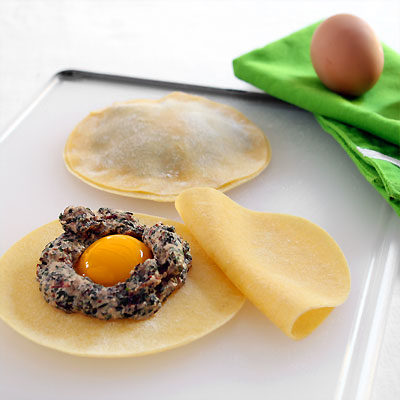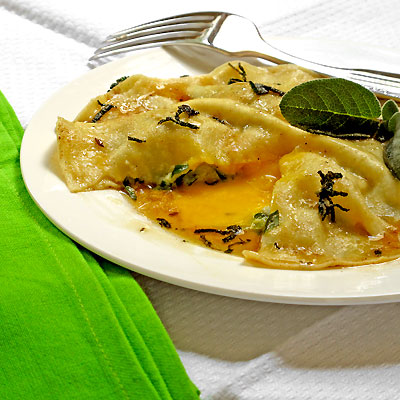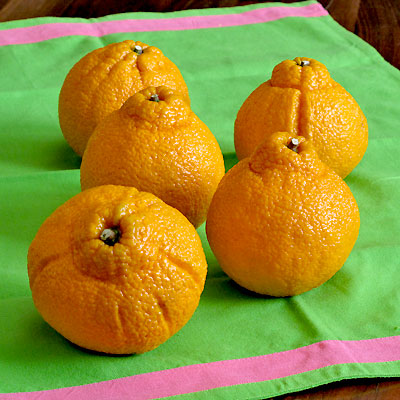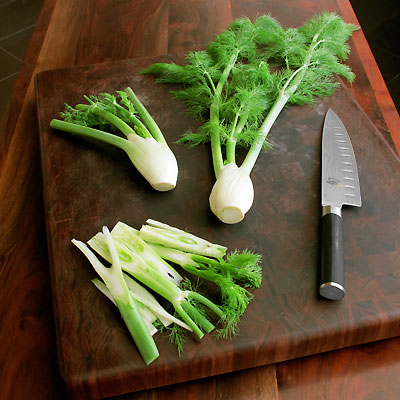
The word ravioli is an Italian word for a type of pasta. I know you know what ravioli is. Even Chef Boyardee knows ravioli!
But what about raviolo, what do you think that means?
Well at its most technical raviolo is merely the singular of ravioli. Which seems a bit silly to me because who would ever eat just one. A big plate of ravioli is one of life’s great pleasures. I can’t imagine having that steaming plate in front of me and just eating a single raviolo off the plate. Could I? Would I? Should I??
Well maybe I would if that raviolo were as big as the plate, scented with truffle oil and stuffed full of Swiss chard, ricotta cheese and just dripping with the rich intensity of a barely cooked egg yolk.
Uovo da raviolo! That’s Italian for a single fist-sized pillow of fresh pasta. Each enormous raviolo is enough for one person and makes an amazing first course. It’s such a simple idea, but it makes a huge impact at the table. Because each raviolo shrouds a whole, soft-boiled egg yolk along with a ricotta-chard filling. When you slide your fork into it; just like a perfectly poached egg, the yolk oozes out– joining the pool of browned truffle butter, with sage and slivers of Parmigiano-Reggiano.
Mario Batali first introduced me to the concept here in Los Angeles at Osteria Mozza. But my recipe is much more of an amalgamation. I shamelessly stole parts of this recipe from three great chefs. The afore mentioned Mr. Batali, Lidia Bastianich, and Michael Chiarello. The result is an impressive first course not nearly as difficult to make as you might think.
Raviolo with Egg Yolk in Truffle Scented Sage Brown Butter Sauce
serves 6 CLICK here for a printable recipe
 3 1⁄2 c flour, plus more as needed
3 1⁄2 c flour, plus more as needed- 4 large eggs
- 1⁄2 t extra-virgin olive oil
- 2 lb swiss chard, stemed and roughly chopped
- 1 lb whole milk ricotta cheese, strained of excess moisture
- 1⁄4 t freshly ground nutmeg
- 8 large egg yolks
- 1⁄2 t sea salt, plus more as needed
- 1⁄4 t fresh ground black pepper, plus more as needed
- 1 large egg beaten with 2 tablespoons water
- 4 T unsalted butter, cut into chunks
- 4 T sage leaves, thinly sliced crosswise
- parmigiano-reggiano cheese, to taste
- white truffle oil, to taste (optional)
Instructions
To make the pasta: Mound 3 1/2 cups of the flour in the center of a large wooden cutting board. Make a well in the middle of the flour and add the eggs and the olive oil. Using a fork, beat together the eggs and oil and begin to incorporate the flour, starting with the inner rim of the well.
As you expand the well, keep pushing the flour up from the base of the mound to retain the well shape. The dough will come together when half of the flour is incorporated.
Start kneading the dough with both hands, using the palms of your hands. Once you have a cohesive mass, remove the dough from the board and scrape up and discard any leftover bits. Lightly re-flour the board and continue kneading for 5 or 6 more minutes. The dough should be elastic and a little sticky. Wrap the dough in plastic and allow to rest for 30 minutes at room temperature.
Roll out the pasta dough to the thinnest setting on a pasta rolling machine. From the thin pasta sheet, cut 12 circles with a 6‑inch diameter. Set 6 of the circles on a sheet tray dusted with flour, cover with plastic wrap and set aside.
To make the filling: Prepare an ice bath. In a large pot of salted boiling water, blanch the chard for about 3 minutes. Drain, then quickly plunge it into the ice bath to stop cooking. Drain again, then squeeze it in you fists to remove as much moisture as possible. Transfer it to a food processor.
Add the drained ricotta to the food processor, pulse to combine. Add the nutmeg, sea salt, pepper and 2 egg yolks. Run the machine until the mixture is well combines. You may need to scrape the sides of the bowl once to assure it is evenly incorporated. Spoon the blended mixture into a pastry bag fitted with 1 1/2‑inch round tip.
Pipe a ring of the ricotta mixture about 1/2‑inch from the edges of each of the 6 dough rounds that were set aside on the tray. The goal is to create a well to hold one of the 6 remaining egg yolks on each of the dough rounds.Brush the egg water mixture around each of the 6 dough rounds. Top them with the remaining 6 dough rounds and carefully seal the edges, taking care not to break the egg yolks inside.
Move the tray to the refrigerator while you prepare the sauce.
To prepare the sauce: Heat a heavy bottomed skillet over medium heat. Add the butterchunks and the sliced sage, whisking frequently and watching carefully. You will notice the butter will get foamy, and then the milk solids will begin to brown. Once that starts, remove skillet from the heat. The butter will go from brown to black quickly, so set the skillet on a cool, heat proof surface to slow cooking before the butter turns black. Smell the butter; it should have a nutty aroma, and be caramel in color.
To finish the dish: Bring 6 quarts of water to a boil in a large stock pot and add 2 tablespoons salt. Lower the heat to a simmer and let the bubbles subside. Gently, using a wide flat spatula, lower each raviolo into the water. Cook them for about 2 minutes. Remove the, gently from the water and place them one at a time into the skillet with the brown butter sage sauce, use a spoon to coat each one well with the sauce. Repeat with remaining raviolos. Placing each one them carefully onto each of 6 serving plates. Drizzle remaining sauce evenly on each plate, making sure to include some of the fried sage as well. Garnish generously with a grating of Parmigiano-Reggiano, and an optional drizzle of truffle oil. Just a whiff of oil is all that’s needed. Truffle oil can be quite insidious when used with a heavy hand.

